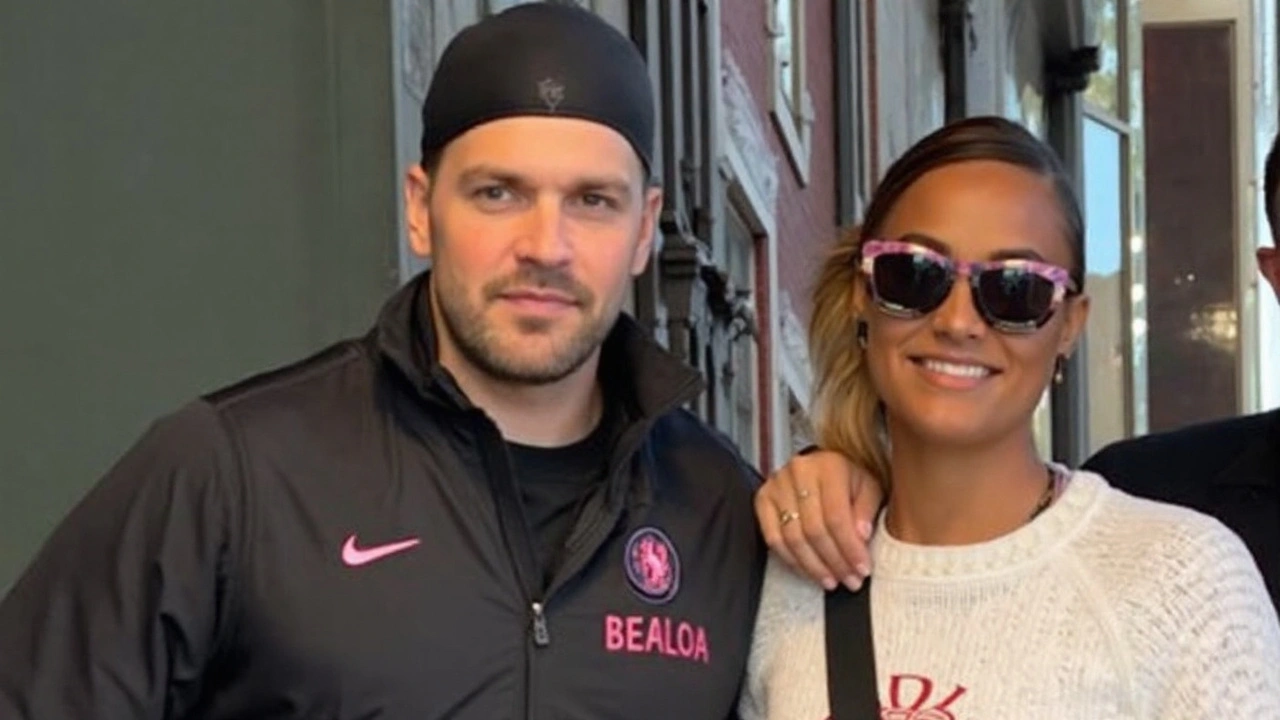
Mudryk’s unexpected return to the spotlight
A banned player in club gear showing up on a European away trip is the kind of twist that turns heads fast. That’s what happened in Poland, where Mykhailo Mudryk was seen wearing Chelsea apparel ahead of the club’s Conference League game. According to multiple reports, Enzo Maresca only learned of the sighting after the fact, and the reaction inside the camp was one of disbelief. The Ukrainian winger has been provisionally suspended since November 2024 after an adverse finding during a routine test while on international duty, and his case remains open pending the result of a B sample.
The basics are stark. A provisional doping suspension means no competition and no involvement in organized team activities. The standard next step is analysis of a B sample, which either confirms or clears the initial finding. If confirmed and judged intentional under the World Anti-Doping Code, the default sanction can reach four years. If contamination or no significant fault is proven, the ban can be reduced. Until that verdict, the gray areas around where a player can be and what they can wear tend to spark exactly the kind of confusion Chelsea faced in Poland.
Can a suspended player attend a game? Usually yes—as a private spectator—provided they don’t enter team-only areas, train with the squad, or take part in any official club activities. Wearing official club kit in a public setting is not, by itself, a rules breach, but it muddies optics and messaging. For a club trying to control a high-profile case, that matters. And for teammates preparing for a European knockout push, unexpected headlines right before a match are hardly ideal.
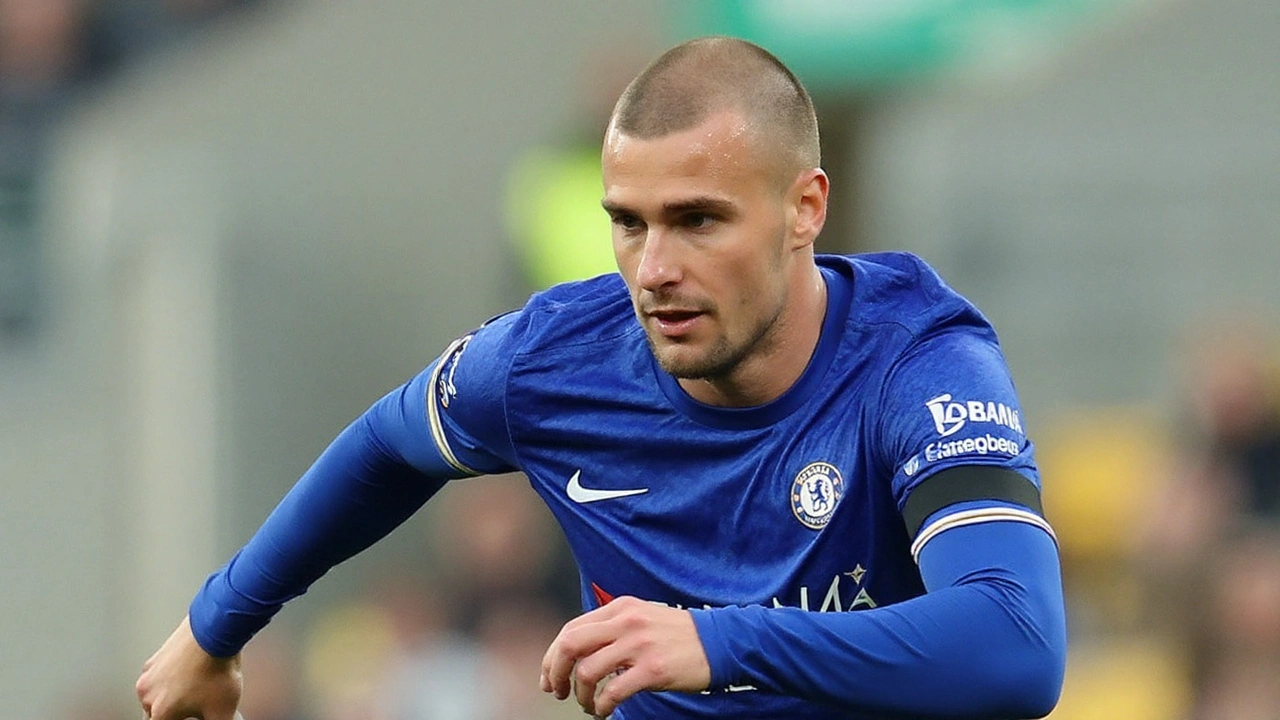
What the ban means, and the ripple effect on Chelsea and Shakhtar
The testing timeline is key. The initial adverse result came from a urine sample collected on international duty, so the case sits with the relevant anti-doping authority under the WADA Code, with UEFA jurisdiction possible if the test was in a UEFA competition window. The B sample typically follows within weeks, but complex cases can stretch much longer—especially if lawyers contest the chain of custody, supplements, or medication disclosures. If the B sample does not confirm the A sample, the provisional suspension is lifted and the player can return immediately. If it does, a hearing decides intent and length of sanction.
For Chelsea, the case spilled into contract territory this winter. Spanish outlet Marca reported the club has already severed ties with Mudryk, who joined from Shakhtar Donetsk for about €70 million, with significant add-ons. There has been no official confirmation from the club or the player’s camp. In the Premier League framework, termination during an active disciplinary case is rare and risky unless both sides agree or the club can prove “just cause.” More common is a suspension on full or partial pay until the process ends. Any permanent separation would also need to be reflected in registration records and the FIFA transfer system.
There’s a squad management angle too. In European competition, a club can update its list at set windows. If a suspended player occupies a non-homegrown slot, that restricts flexibility. If cleared, reintegration becomes a sporting and reputational decision: fitness tests, medical checks, and a careful re-entry plan. If sanctioned, Chelsea would have to weigh wage protection clauses, potential insurance claims, and whether to pursue damages.
Then there’s the curveball: a possible career pivot. Reports in Ukraine say Mudryk has been training with the national sprint setup, eyeing the 2028 Los Angeles Olympics. On his Chelsea debut he registered a top speed of 36.67 km/h, which is fast for football but well short of elite sprinting’s 43–45 km/h peaks. Raw speed isn’t the whole story in athletics—the 100m is technique-heavy, from block starts to drive phase to relaxation at top speed. Transitioning in three years would be a huge challenge, but not impossible if he commits full-time and a ban pulls him out of team sport. Even then, qualifying standards and national selection would be the real tests.
Shakhtar Donetsk, meanwhile, may face a financial hit. The original deal included performance-related bonuses, reportedly worth up to €30 million, which are now at risk if Mudryk sits out for a long spell. The Ukrainian club is said to be considering legal options, including action against the Ukrainian Football Association. How would that work? In most cases, disputes over transfer add-ons go through club-to-club channels or FIFA’s dispute resolution bodies, not national federations. But if Shakhtar argue that testing, administration, or procedural errors by a national authority caused undue harm, they could try to build a case. Any such move would likely end up at the Court of Arbitration for Sport if contested.
For Maresca, the timing is awkward. Chelsea’s Conference League campaign needs stability, not public uncertainty over a high-profile asset. A sudden appearance by a suspended player—in club colors, no less—blends PR noise with compliance concerns. Clubs typically instruct suspended players to keep a low profile and avoid official kit to prevent confusion about status. If Mudryk acted on his own, expect internal reminders of those boundaries. If he has formal permission to travel privately, the club will want to make that clear to calm the waters.
So what happens next? Three paths are on the table. One: the B sample does not confirm the initial test, the provisional ban is lifted, and the focus shifts to how quickly Mudryk can return to match fitness and whether Chelsea still see a future for him. Two: the B sample confirms, but mitigation lowers a potential sanction; in that case, a reduced ban might still run long enough to influence any contract decision. Three: a full sanction close to four years; that would likely end his Chelsea chapter and push the athletics route from curiosity to real consideration.
Behind the scenes, lawyers will be combing through supplement logs, prescriptions, and any therapeutic use exemptions. Medical teams will be auditing documentation. Compliance officers will review whether Tuesday’s Poland cameo touched any restricted zones. And recruitment staff will be gaming out summer scenarios, from replacement strategies to wage budgeting if an insurance clause triggers.
Publicly, silence has its logic. Premature statements in doping cases age badly—ask clubs that rushed before the B sample. Ajax kept faith with André Onana through a ban reduced on appeal. Liverpool saw Mamadou Sakho cleared after an initial suspension that derailed his season. Those cases differ in substance, but they show why process matters. Chelsea will want the science and the paperwork to speak before they do.
For now, one image tells the story: a fast winger in blue, on the periphery, close enough to stir debate but not close enough to play. Until the lab delivers its answer, that line won’t move.
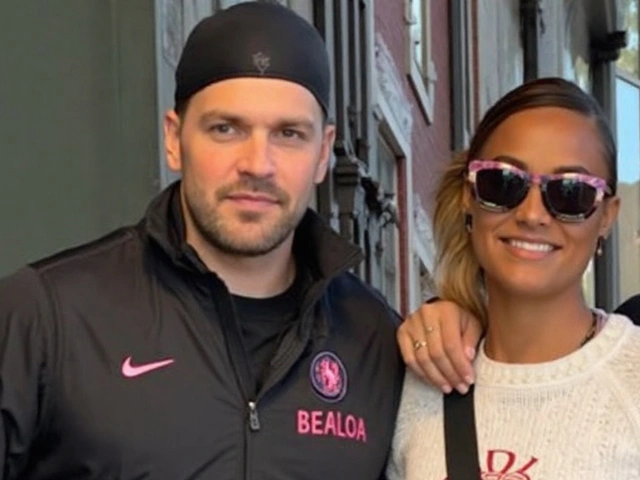
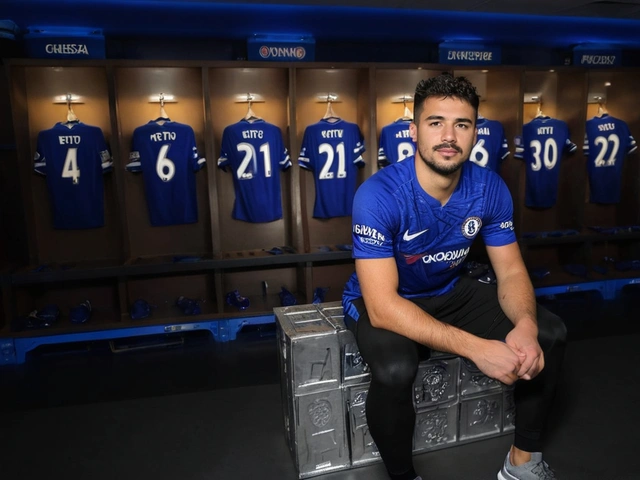
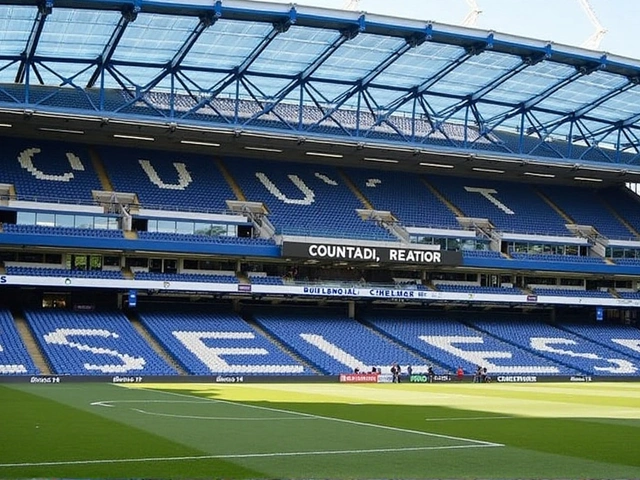
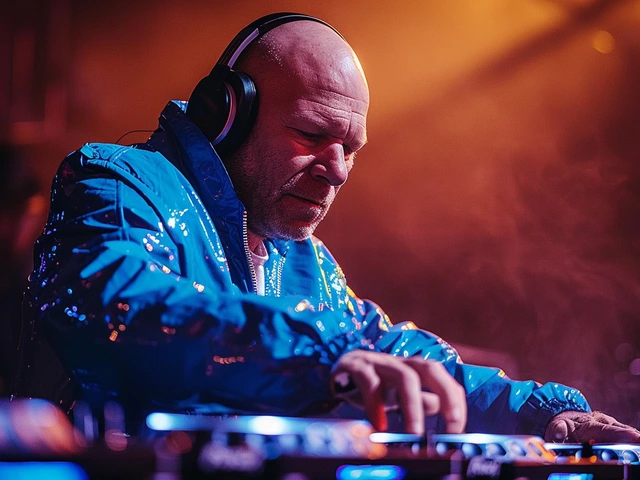
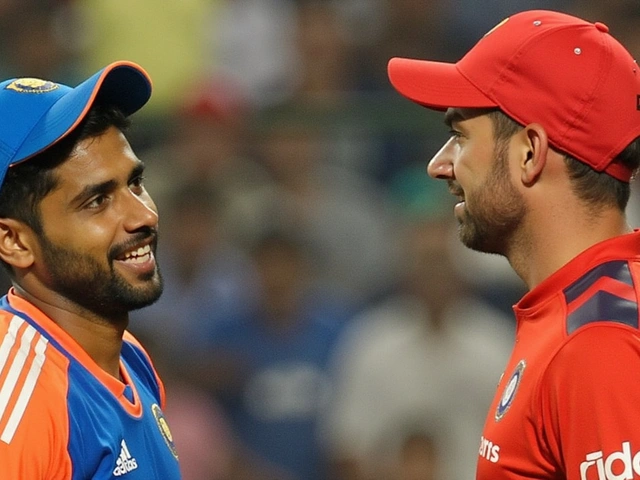

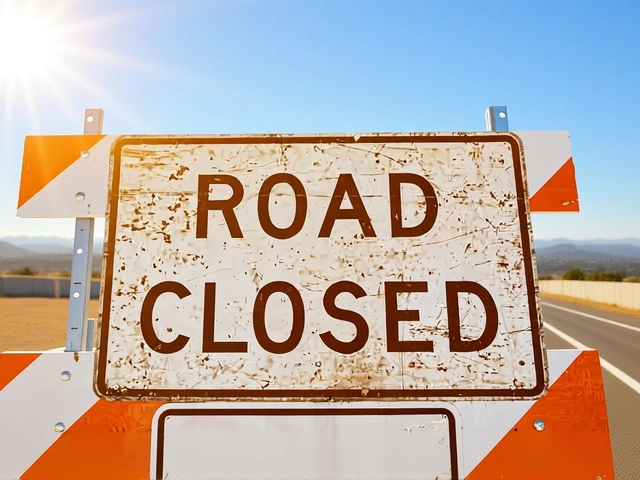
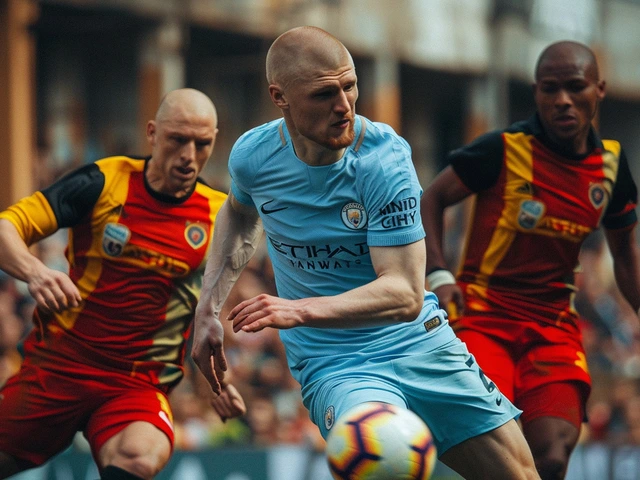
So the Ukrainian winger decides to flash Chelsea colors in Poland – because nothing screams ‘I’m still part of the squad’ like a covert runway of a blue jersey. The optics are about as subtle as a fireworks display in a library, and the club’s compliance team must be clutching their heads. It’s a drama fit for a soap opera, not a pre‑match routine.
Mudryk’s cameo is a fashion statement, not a legal loophole.
When you peel back the layers of a provisional doping suspension you find a tapestry of legal nuance, scientific rigor, and human drama that most fans never consider. The A‑sample’s adverse finding initiates a cascade of procedural safeguards designed to protect the athlete’s due process, yet it also triggers an immediate embargo on competitive participation. The B‑sample, often treated as the decisive arbiter, can either vindicate the player or cement the allegations, and its analysis is governed by strict chain‑of‑custody protocols that leave little room for error. Even before the B‑sample returns, clubs must navigate wage protection clauses, insurance triggers, and potential contract termination clauses that hover like specters over the locker room. In Chelsea’s case, the appearance of Mudryk in club kit blurs the line between personal freedom and the club’s brand integrity, prompting a silent battle between PR optics and regulatory compliance. If the player travelled privately, the club still bears the burden of clarifying to fans and sponsors that no official endorsement or participation occurred. Moreover, the doped athlete’s right to a private spectator status is enshrined in WADA’s code, but the moment he steps onto foreign soil wearing the team’s colors, a narrative of complicity begins to form. This is not merely a sartorial misstep; it is a potential breach of the principle that suspended athletes should maintain a low‑profile to avoid influencing public perception of the ongoing investigation. Should the B‑sample exonerate him, the club will face the logistical challenge of reintegrating a player who has been out of high‑intensity training for months, assessing fitness, and rebuilding chemistry. Conversely, a confirmation of the adverse finding could see sanctions ranging from a reduced period, if mitigating factors are proven, to the full four‑year ban that effectively ends any realistic Premier League future. The legal ramifications extend to Shakhtar, whose transfer add‑on clauses hinge on performance milestones now rendered unattainable. Their recourse may involve FIFA’s dispute resolution mechanism, where the interplay between national anti‑doping bodies and international transfer regulations becomes a labyrinthine courtroom drama. Ultimately, this episode underscores how a single image-a player in a blue shirt on a foreign pitch-can ripple through legal, medical, financial, and philosophical domains, reminding us that sport is never just about the game on the field.
The forensic ladder from sample collection to adjudication is riddled with opportunities for procedural sabotage; any break in the chain can render the entire case a house of cards. Chelsea’s compliance unit should audit the timestamp logs, the temperature controls, and the analyst’s certification to pre‑empt any claim of contamination. From a tactical standpoint, a suspended player clad in the club’s insignia fuels a narrative that the organization condones loopholes, eroding the moral high ground that elite clubs usually cherish. If the B‑sample corroborates the A‑sample, the ensuing jurisprudence will likely reinforce the precedent set by Onana and Sakho, where intent and fault are dissected with surgical precision. The financial calculus also demands attention; wage clauses, insurance payouts, and potential litigation against Shakhtar could easily eclipse the €70 million transfer fee in long‑term liabilities.
Behold, the tempest of tragedy that befalls a club when destiny dons a blue jersey in foreign soil, as if the very heavens conspired to mock the fragile veneer of order. In the hallowed halls of Chelsea, the echoes of this apparition reverberate like a mournful aria, each note a reminder that even the mightiest are not immune to the capricious whims of fate. The club’s stewardship must now grapple with the twin specters of legal jeopardy and public spectacle, lest the narrative spiral into a saga of perpetual lamentation. May the sages of compliance wield their quills with decisive grace, lest the saga conclude in a lamentable requiem for a promising talent.
For anyone looking for a clear picture, the key points are that a provisional ban stops competitive play but does not forbid the athlete from being a private spectator. Wearing a club jersey in public is not a direct rule violation, yet clubs often discourage it to avoid mixed messages. Chelsea will likely issue an internal reminder about kit policy while the B‑sample is processed. If the B‑sample clears Mudryk, the club can focus on fitness and reintegration; if not, the contract situation becomes more complex with possible wage protection clauses. Shakhtar may also pursue the performance‑related add‑on payout, which could involve FIFA arbitration.
The club’s legal team should review the kit‑wearing policy and issue a concise statement to avoid speculation.
While many are quick to label Mudryk’s sighting as a PR disaster, one could argue that the very act of appearing in blue subtly challenges the narrative that a provisional suspension erases an athlete’s identity. It forces fans and officials alike to confront the uncomfortable truth that a player’s personal brand can persist independent of formal competition. This perspective doesn’t excuse any potential policy breach, but it reminds us that sport is as much about storytelling as it is about regulation, and sometimes the story itself can be a catalyst for change.
Let’s keep the conversation constructive: clubs need clear guidelines on how suspended players can engage publicly without compromising integrity, and governing bodies should provide that framework. Open dialogue between clubs, players, and anti‑doping agencies will help prevent similar confusion in the future, ensuring that everyone-fans, athletes, and officials-remains on the same page.